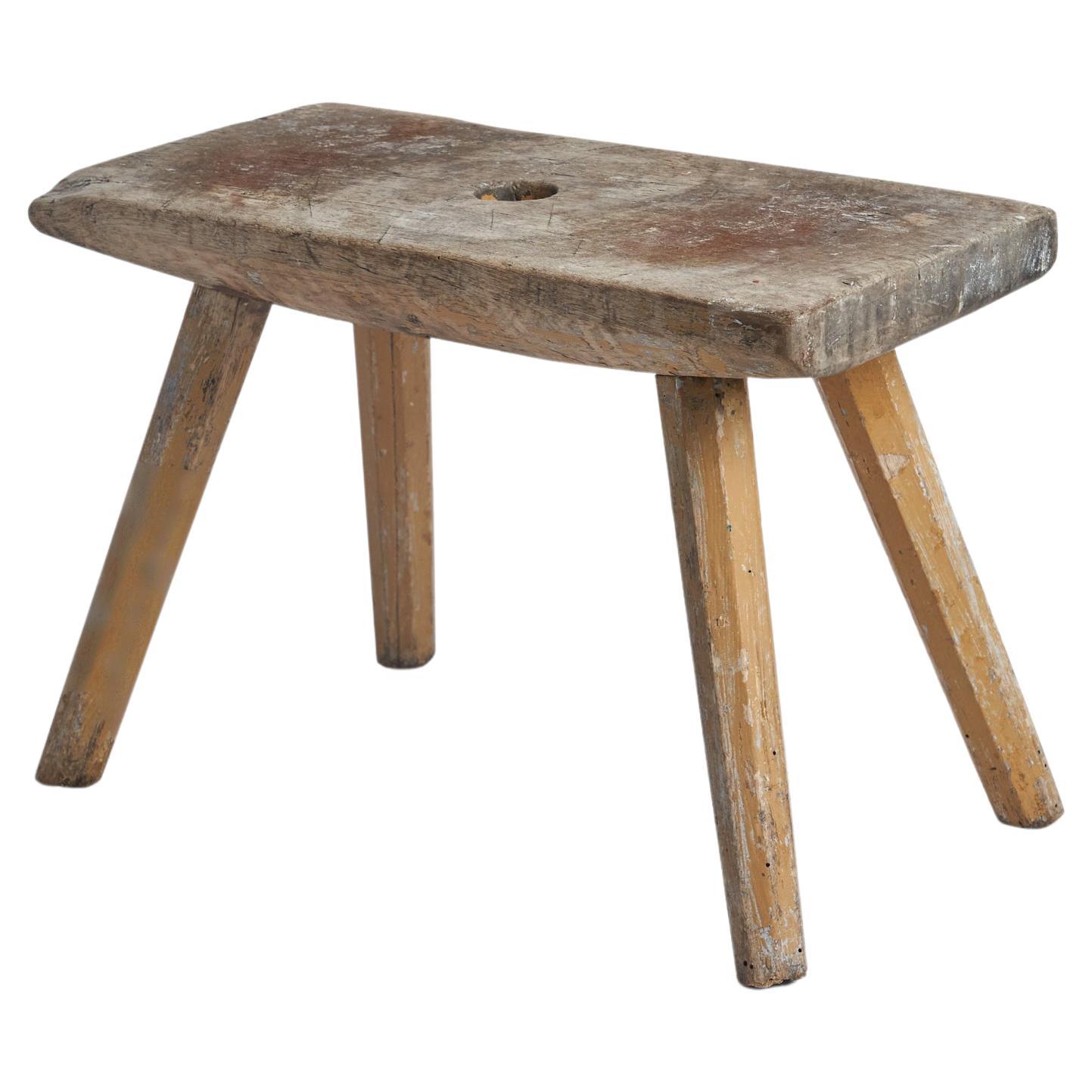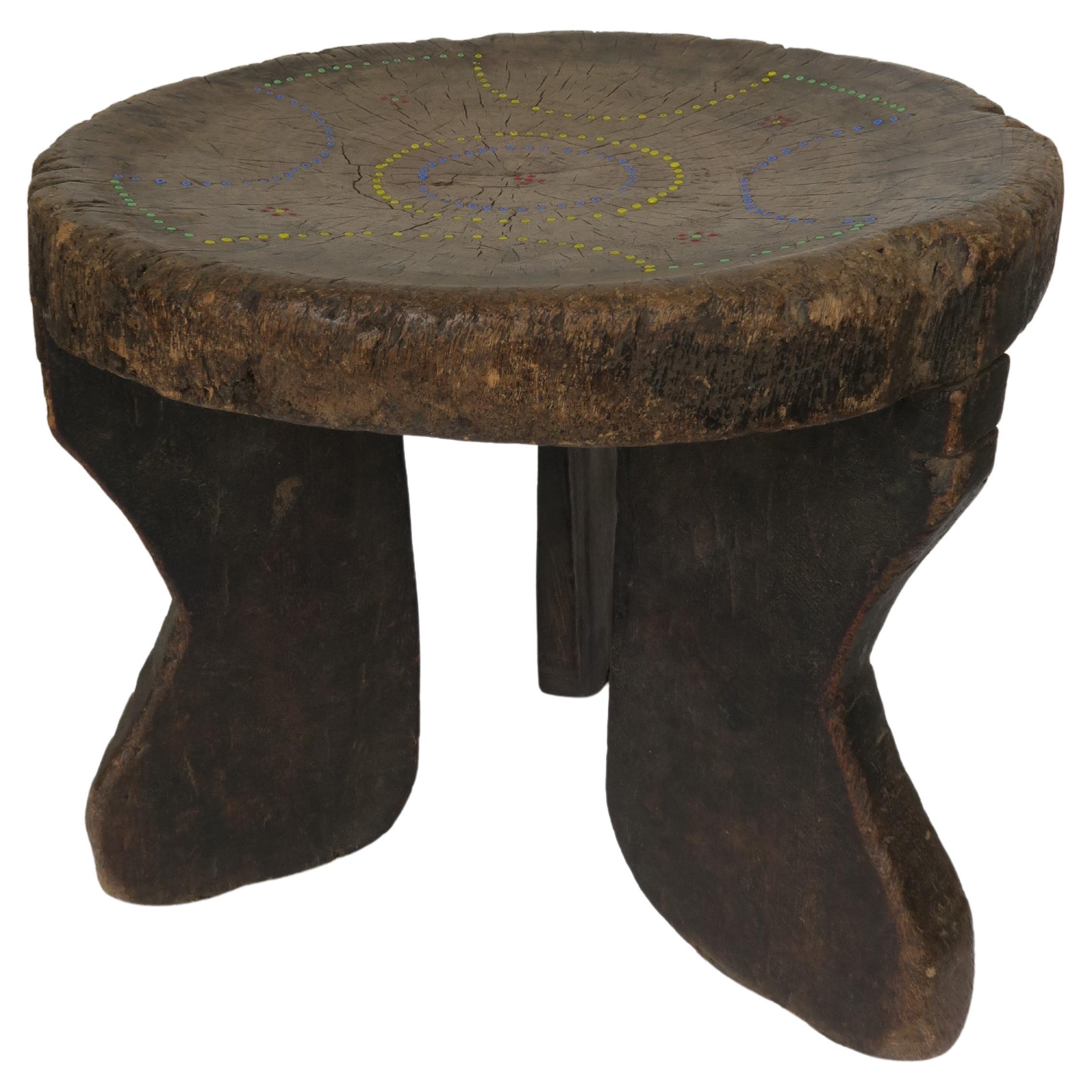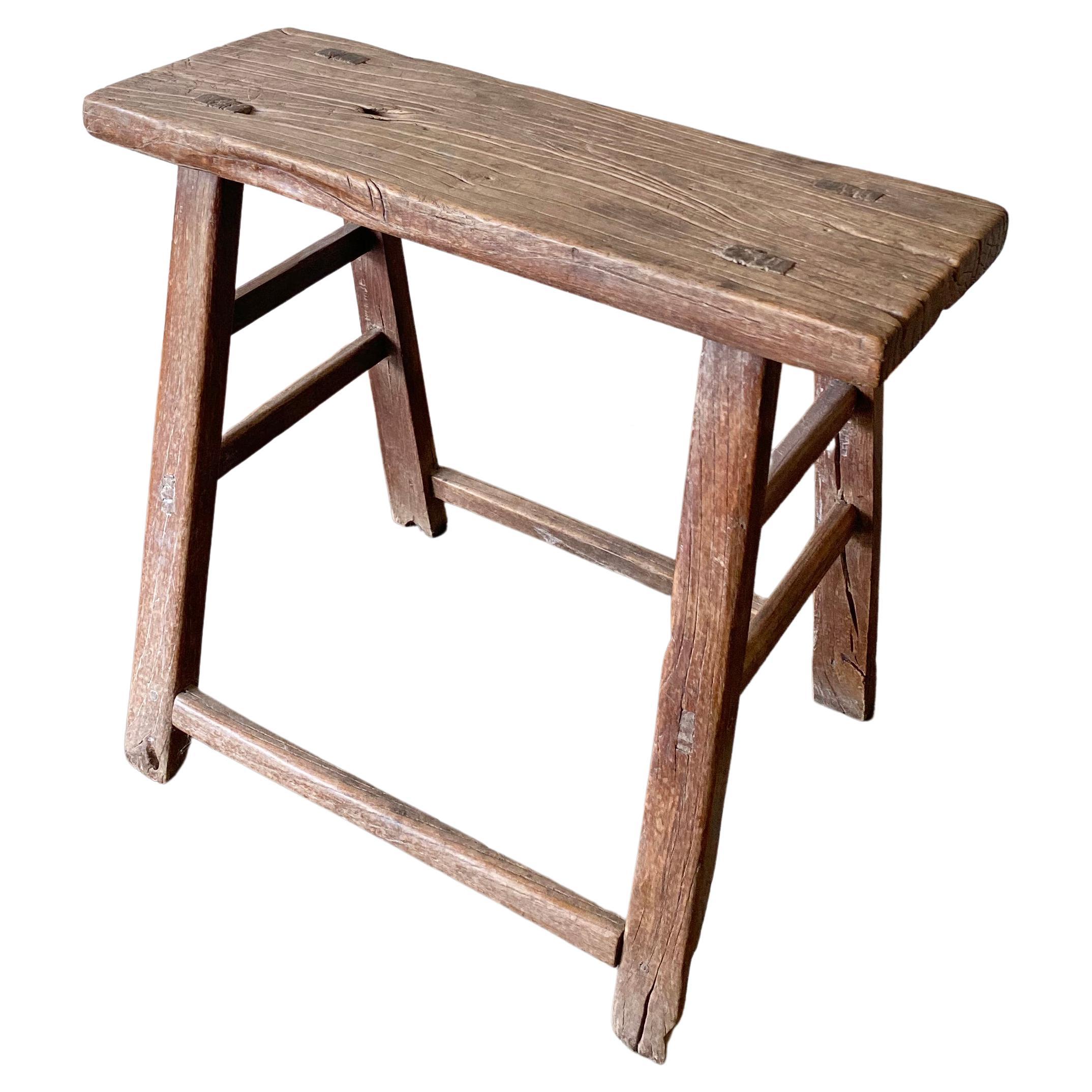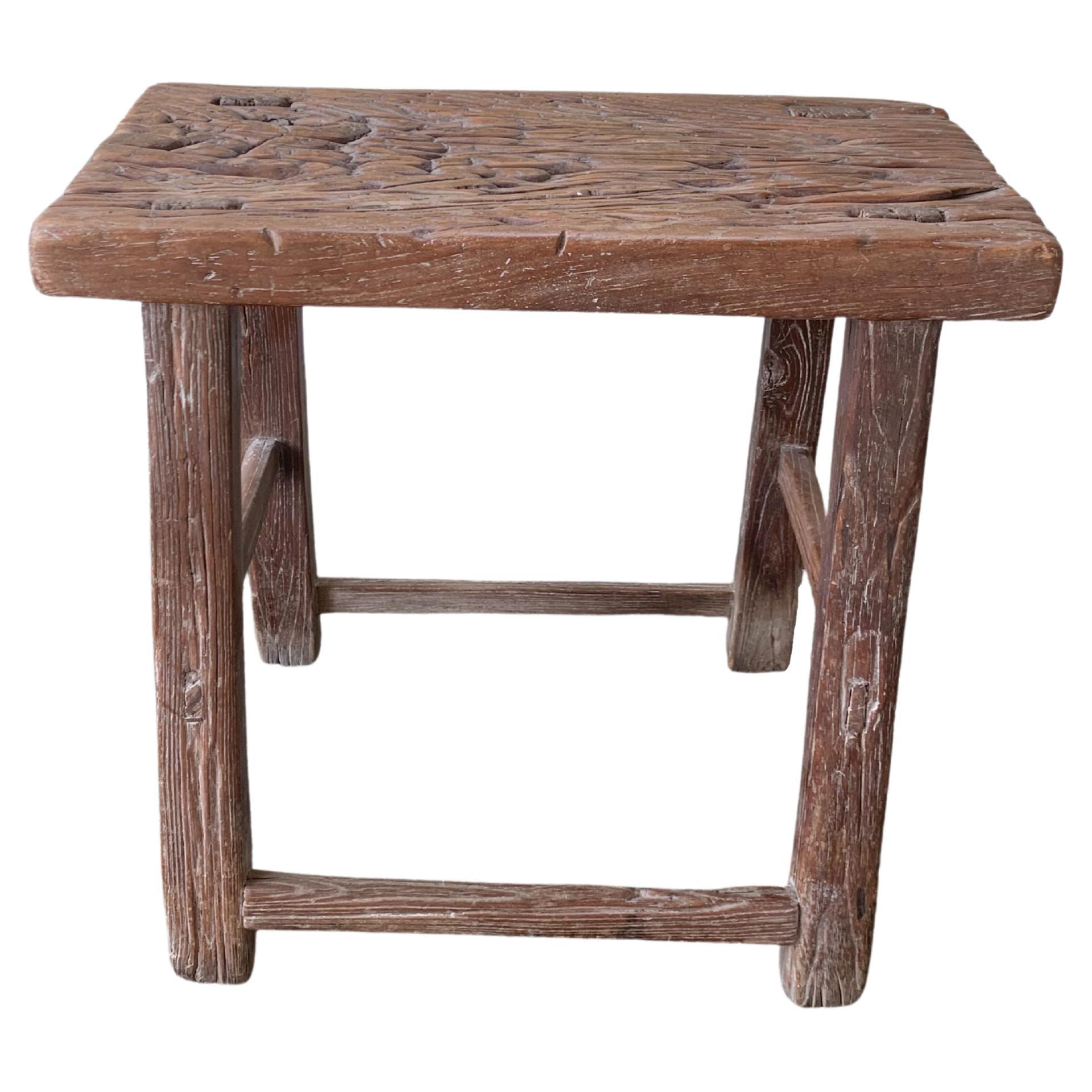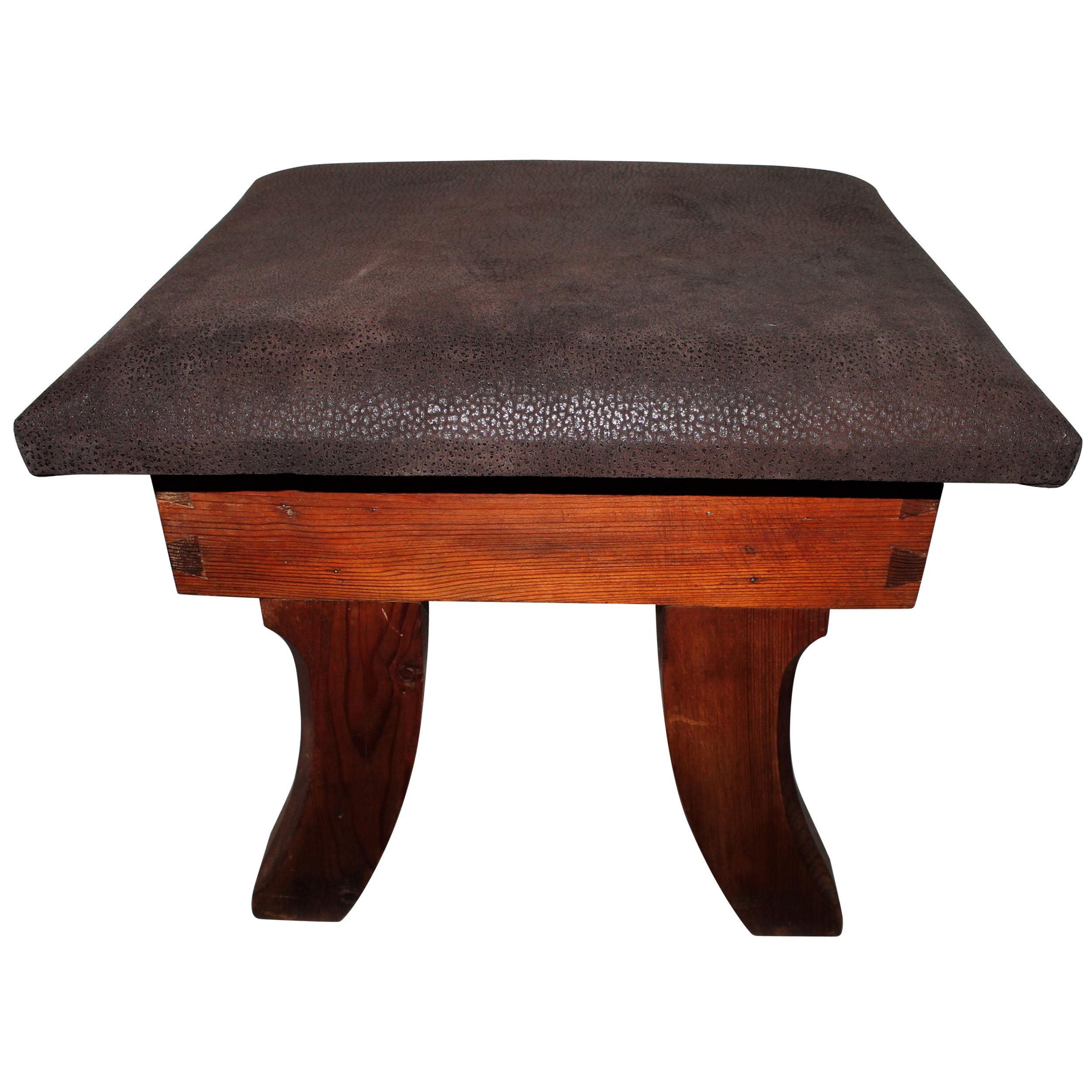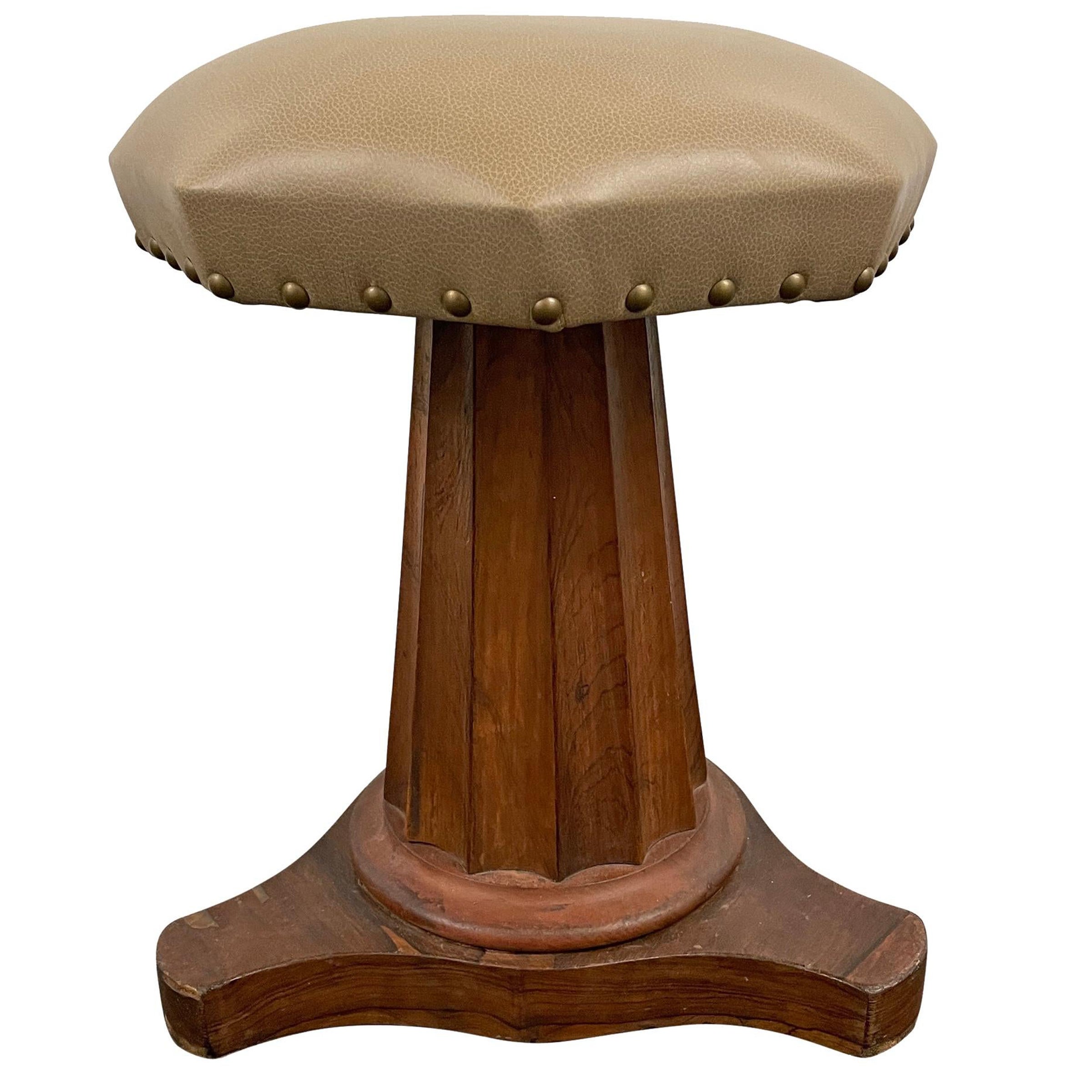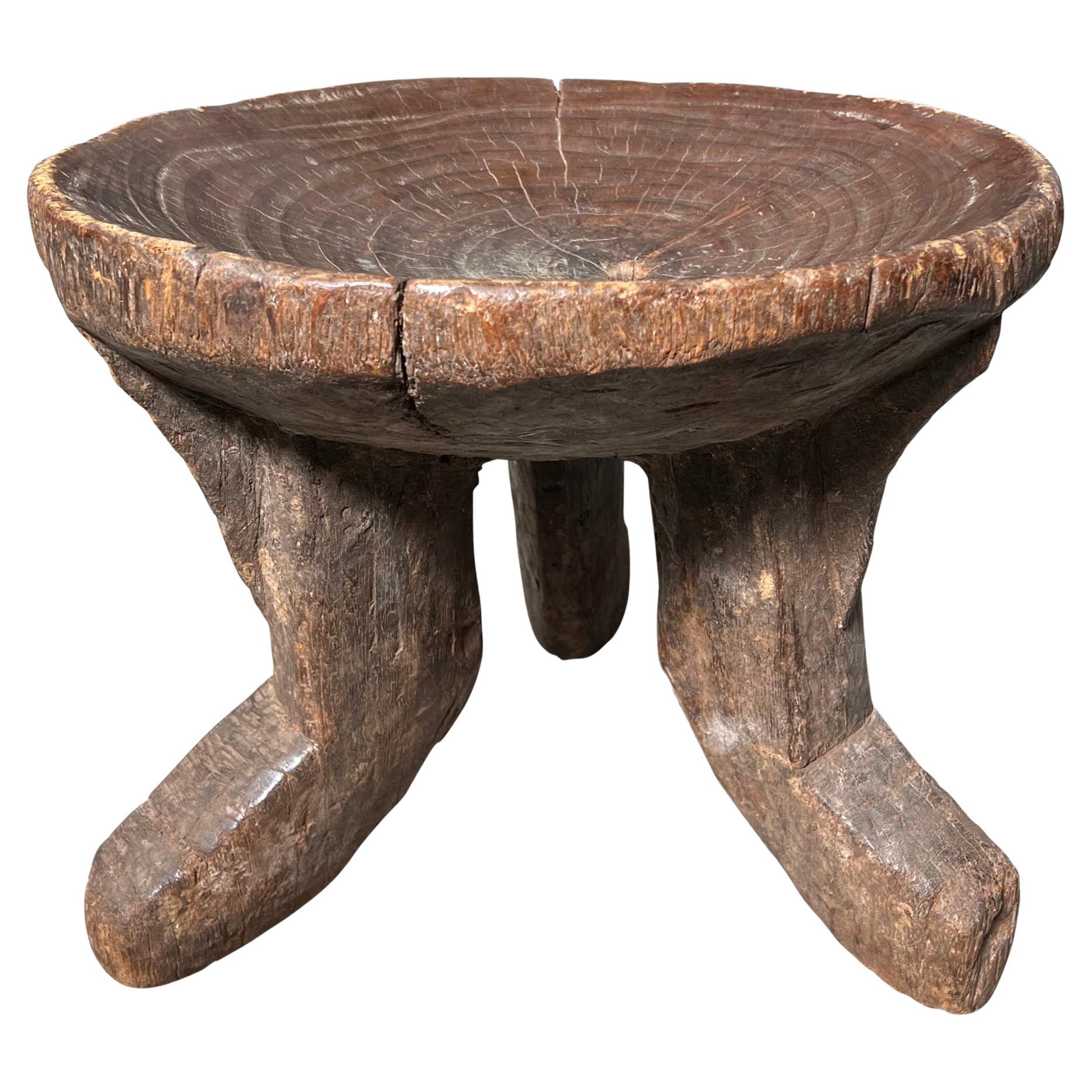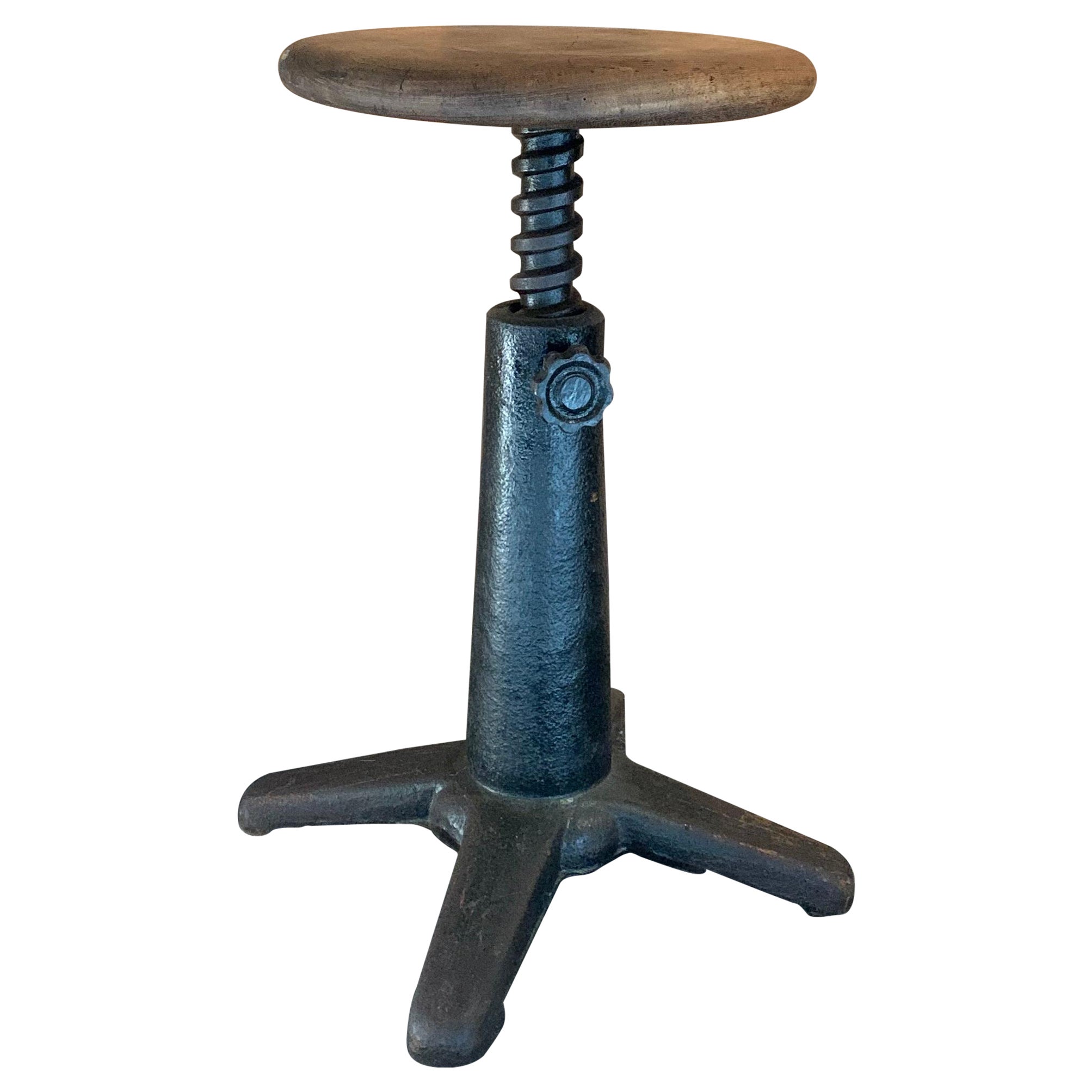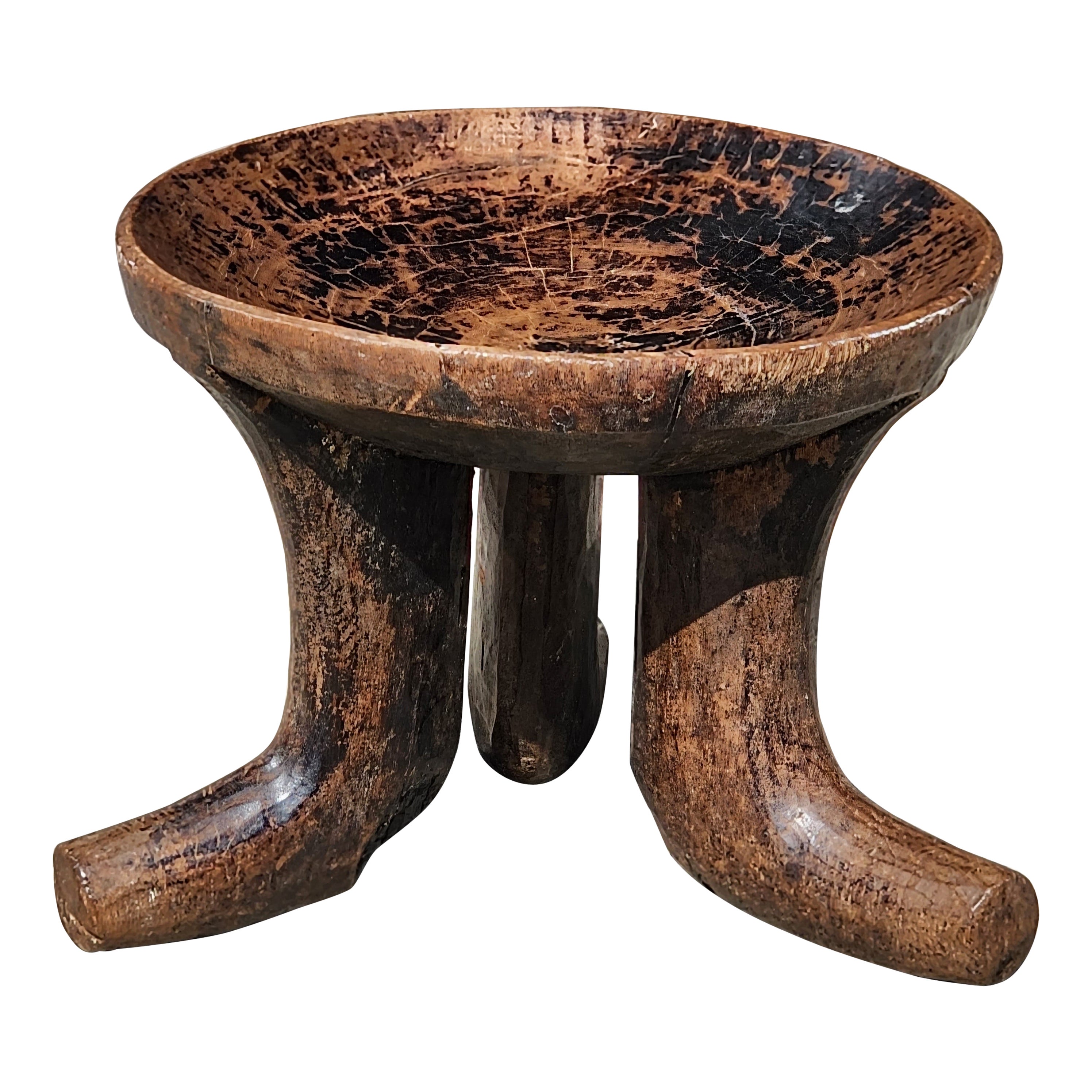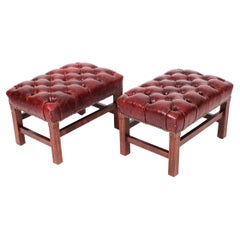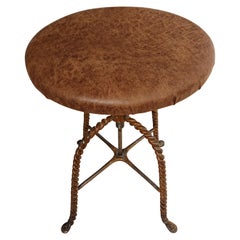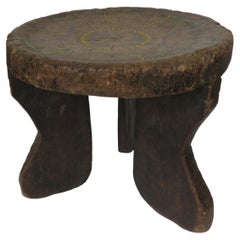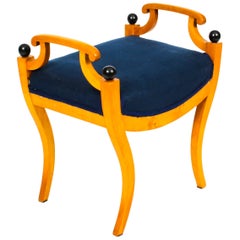
Antique Swedish Biedermeier Birchwood Stool, Early 20th Century
View Similar Items
Want more images or videos?
Request additional images or videos from the seller
1 of 13
Antique Swedish Biedermeier Birchwood Stool, Early 20th Century
About the Item
- Dimensions:Height: 25.2 in (64 cm)Width: 29.93 in (76 cm)Depth: 16.15 in (41 cm)
- Style:Biedermeier (In the Style Of)
- Materials and Techniques:
- Place of Origin:
- Period:1900-1909
- Date of Manufacture:circa 1900
- Condition:
- Seller Location:London, GB
- Reference Number:Seller: L1021stDibs: LU950624918462
About the Seller
5.0
Platinum Seller
These expertly vetted sellers are 1stDibs' most experienced sellers and are rated highest by our customers.
Established in 1983
1stDibs seller since 2012
1,204 sales on 1stDibs
Typical response time: 1 hour
Associations
LAPADA - The Association of Arts & Antiques Dealers
More From This SellerView All
- Bespoke Pair Buttoned Leather Stools Murano Port 20th CLocated in London, GBThis is a very handsome bespoke pair of leather stools in crimson leather, the colour is called Murano Port. They feature fantastic beautiful...Category
1990s Stools
MaterialsLeather
- Vintage Harrods Biedermeier Satin Birch Bookcase 20th CenturyLocated in London, GBThis is an elegant vintage Biedermeier Revival satin birch collectors bookcase purchased at great expense from Harrods, circa 1980 in date. The top features four glazed bevelled doors, each opens to reveal three adjustable glass shelves. The cabinet is well illuminated with four down lights. The base has four panelled doors opening to cupboards, one fitted with a central shelf and the other with two internal drawers. There is no mistaking its superb quality and very grand design, which is certain to make it a talking point in your home and stand proud in whichever room you choose to display it. Condition: In excellent condition having been cleaned and waxed in our workshops, please see photos for confirmation. Dimensions in cm: Height 207 x Width 191 x Depth 41 Dimensions in inches: Height 6 foot, 9 inches x Width 6 foot, 3 inches x Depth 1 foot, 4 inches Harrods founder Charles Henry Harrod first established his business in 1824, aged 25. The business was located south of the River Thames in Southwark. The premises were located at 228 Borough High Street. He ran this business, variously listed as a draper, mercer and a haberdasher, certainly until 1831. During 1825 the business was listed as 'Harrod and Wicking, Linen Drapers, Retail', but this partnership was dissolved at the end of that year. His first grocery business appears to be as ‘Harrod & Co.Grocers’ at 163 Upper Whitecross Street, Clerkenwell, E.C.1., in 1832. In 1834 in London's East End, he established a wholesale grocery in Stepney, at 4, Cable Street, with a special interest in tea. In 1849, to escape the vice of the inner city and to capitalise on trade to the Great Exhibition of 1851 in nearby Hyde Park, Harrod took over a small shop in the district of Brompton, on the site of the current store. Beginning in a single room employing two assistants and a messenger boy, Harrod's son Charles Digby Harrod built the business into a thriving retail operation selling medicines, perfumes, stationery, fruit and vegetables. Harrods rapidly expanded, acquired the adjoining buildings, and employed one hundred people by 1880. However, the store's booming fortunes were reversed in early December 1883, when it burnt to the ground. Remarkably, in view of this calamity, Charles Harrod fulfilled all of his commitments to his customers to make Christmas deliveries that year—and made a record profit in the process. In short order, a new building was built on the same site, and soon Harrods extended credit for the first time to its best customers, among them Oscar Wilde,Lillie Langtry, Ellen Terry, Charlie Chaplin, Noël Coward, Gertrude Lawrence...Category
Vintage 1980s Biedermeier Bookcases
MaterialsWood
- Antique Biedermeier Swedish Birch Ormolu Mounted Sofa Table, 19th CenturyLocated in London, GBThis is a stylish antique Swedish birch Biedermeier sofa table with ebonized detail, circa 1820 in date. The table features a rectangular top w...Category
Antique 1820s Swedish Biedermeier Sofa Tables
MaterialsOrmolu
- Antique Swedish Silver Walking Cane Stick 20th CenturyLocated in London, GBA decorative Swedish silver handled walking cane with foliate engraving, a presentation inscription and impressed hallmarks and makers mark, Circa 1920 in date. It has a very decorative silver handle with foliate ornamentation, made with great attention to detail, with a sturdy hardwood tapering shaft. It is a lovely item and as such would be appreciated by any collector of walking sticks or canes. Provenance: From the estate of the late Barry Lock...Category
Vintage 1920s Swedish Art Nouveau Sports Equipment and Memorabilia
MaterialsSilver
- Antique Pair Sheraton Revival Side Chairs Early 20th CenturyLocated in London, GBA superb and striking pair of Sheraton Revival mahogany and satinwood banded chairs, Circa 1900 in date. The high back chairs feature satinwood banding with boxwood and ebonised line inlay and wonderful foliate carved decoration. The square tops are supported by a pair of ionic columns which frame rails above criss-cross splats. The overstuffed golden upholstered seats are above satinwood banded seat rails and the chairs are raised on reeded taping legs that terminate in decoratively carved spade feet. It is rare to find such a perfectly sculpted pair of chairs. THE BOTANICAL NAME FOR THE MAHOGANY THESE CHAIRS ARE MADE OF IS SWIETENIA MACROPHYLLA AND THIS TYPE OF MAHOGANY IS NOT SUBJECT TO CITES REGULATION. Condition: In excellent condition having been cleaned, polished, and waxed in our workshops. Please see photos for confirmation. Dimensions in cm: Height 96 x Width 47 x Depth 49 - Chairs Dimensions in inches: Height 3 foot, 2 inches x Width 1 foot, 6 inches x Depth 1 foot, 7 inches - Chairs Thomas Sheraton (1751 - 1806) was an English cabinetmaker and one of the leading exponents of Neoclassicism. Sheraton gave his name to a style of furniture characterised by a feminine refinement of late Georgian styles and became the most powerful source of inspiration behind the furniture of the late 18th century. His four-part Cabinet-Maker and Upholsterers’ Drawing Book greatly influenced English and American design. Sheraton was apprenticed to a cabinetmaker, but he became better known as an inventor, artist, mystic, and religious controversialist. Initially he wrote on theological subjects, describing himself as a “mechanic, one who never had the advantage of collegiate or academical education.” He settled in London c. 1790, and his trade card gave his address as Wardour Street, Soho. Supporting himself mainly as an author, Sheraton wrote Drawing Book (1791), the first part of which is devoted to somewhat naive, verbose dissertations on perspective, architecture, and geometry and the second part, on which his reputation is certainly based, is filled with plates that are admirable in draftsmanship, form, and proportion. In 1803 Sheraton, who had been ordained a Baptist minister in 1800, published his Cabinet Dictionary (with plates), containing An Explanation of All Terms Used in the Cabinet, Chair and Upholstery Branches with Dictionary for Varnishing, Polishing and Gilding. Some of the designs in this work, venturing well into the Regency style, are markedly unconventional. That he was a fashionable cabinetmaker is remarkable, for he was poor, his home of necessity half shop. It cannot be presumed that he was the maker of those examples even closely resembling his plates. Although Sheraton undoubtedly borrowed from other cabinetmakers, most of the plates in his early publications are supposedly his own designs. The term Sheraton has been recklessly bestowed upon vast quantities of late 18th-century painted and inlaid satinwood furniture...Category
Antique Early 1900s Sheraton Side Chairs
MaterialsMahogany, Satinwood
- Antique Italian Pietra Dura Occasional Table, Early 20th CenturyLocated in London, GBThis is a beautiful antique Italian circular marble top occasional table decorated with ormolu mounts, early 20th century in date. It is masterfully crafted in walnut and raised ...Category
Vintage 1910s Italian Side Tables
MaterialsMalachite, Marble, Ormolu
You May Also Like
- Early 20th Century Swedish Iron Industrial Stool Swedish AntiquesLocated in Boden, SEEarly 20th century Swedish iron industrial stool. Solid & useful swivel stool with deliciosly twisted legs in iron. The stool is raised and lowered. Measures: Minimum height is 45...Category
Early 20th Century Swedish Industrial Stools
MaterialsIron
- Swedish Designer, Sauna Stool, Carved Oak, Sweden, Early 20th CenturyLocated in High Point, NCA carved oak sauna stool designed and produced in Sweden, early 1900s.Category
Vintage 1910s Swedish Scandinavian Modern Stools
MaterialsOak
- Antique Early 20th Century Tribal Hehe Stool, TanzaniaLocated in Vienna, ATFor sale is a graphic Hehe stool with three ridged legs and old patina. The Hehe people lived in isolation on a highland in southwestern Tanzania, northe...Category
Early 20th Century Tanzanian Stools
MaterialsWood, Beads
- Antique Chinese Elm Wood Stool, Early 20th CenturyLocated in Jimbaran, BaliThis antique elm wood stool comes from China's Hubei province. It was crafted using only wooden joints. The elm wood has aged beautifully over its more than 100 years of life. Dime...Category
Early 20th Century Chinese Other Stools
MaterialsElm
- Antique Chinese Elm Wood Stool, Early 20th CenturyLocated in Jimbaran, BaliThis antique elm wood stool comes from China's Hubei province. It was crafted using only wooden joints. The elm wood has aged beautifully over its more than 100 years of life.Category
Early 20th Century Chinese Other Stools
MaterialsElm
- Early 20th Century Bamum Frog StoolLocated in Chicago, ILA stunning and expressive early 20th century Bamum stool carved from one piece of wood with an incredible stylized frog motif supporting a solid top with a large lip.Category
Early 20th Century Cameroonian Modern Stools
MaterialsWood
Recently Viewed
View AllMore Ways To Browse
Antique Foot Stools Upholstered
Antique French Wood Stool
Mahogany Foot Stool
Antique Foot Stool 20th Century
Wood And Fabric Foot Stool
Antique Style Foot Stool
German And Austrian Biedermeier
German And Austrian Biedermeier Furniture
Swedish Empire Antiques
Antique Japanese Stool
Antique French Napoleon Era
Ornate Stool
Music Stool
Stool 64
French Empire Stool
Empire Style Stool
Blue Foot Stool
Art Deco Foot Stool

